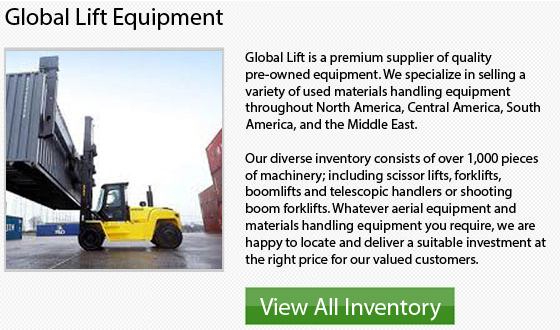
Counterbalance lift trucks are basically forklifts which are designed with counterweight at the rear of the machine. The counterweight works to balance the weight which the tines are carrying at the front of the load. This design is engineered to stabilize traditional lift trucks. As far as electric counterbalance lift trucks are concerned, the counterweight is formed by the battery itself.
Nearly every forklift manufacturer would have in their product range, a counterbalance lift truck. These machinery would come in a huge range of fuel sources, sizes and configurations. These lift trucks could be designed with 4 or 3 wheels, or be equipped. They can operate in various applications. These lift trucks are equipped with a variety of accessories. Common options and attachments comprise: side shifts, hydraulic clamps, fork shifts and slip sheet attachments just to name some items.
The counterbalance lift truck has in fact changed the whole business of material handling. These machinery are essential to the shipping and receiving centers around the globe because they are used for loading, stacking, unloading and horizontal transport functions. The average warehouse forklifts are typically used for lift heights less than 6 meters or 20 feet. There have been some models recently designed which can lift to heights 31 feet or 9.5 meters. The smaller 4000 lbs. or 1-1.8 ton forklifts are the main workhorses inside most warehouses. These are the most popular models which the majority of small companies will have. The standard warehouse counterbalance forklift is actually a wide-aisle truck which requires about 11 feet or 3 meters to turn in.
What's more, the counterbalanced forklift is not necessarily limited to warehouse environments. They are often utilized for heavy use and carrying containers together with pretty much every application in between. Counterbalance forklifts are the most widely utilized and versatile of all materials handling equipment.
Because of their versatility and durability, counterbalance forklifts are commonplace in a large range of working environments, like retail, warehousing and production. Several of the industrial applications include: food, chemical, timber and automotive industries.